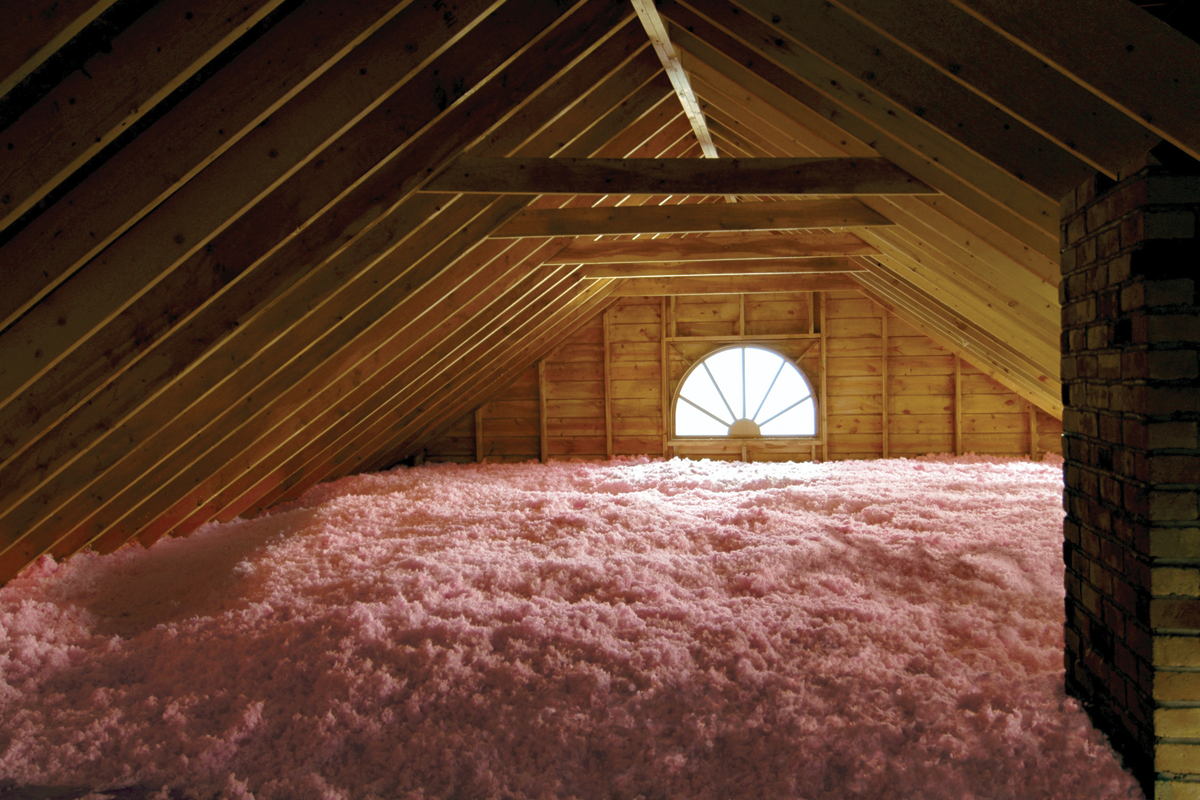
10+
Many energy providers offer rebates to help cover the cost of insulation as well as programs that offer insulation at no cost for income-qualified customers.
Our vision is to be the most trusted name in attic restoration and wildlife removal, known for delivering honest, high-quality work that protects families and their homes.
Our mission is to provide reliability thorough attic and wildlife services that restore comfort, cleanliness, and safety to every home we touch.


We professionally clean attics, crawl spaces, garages and basements, all the garbage is removed.
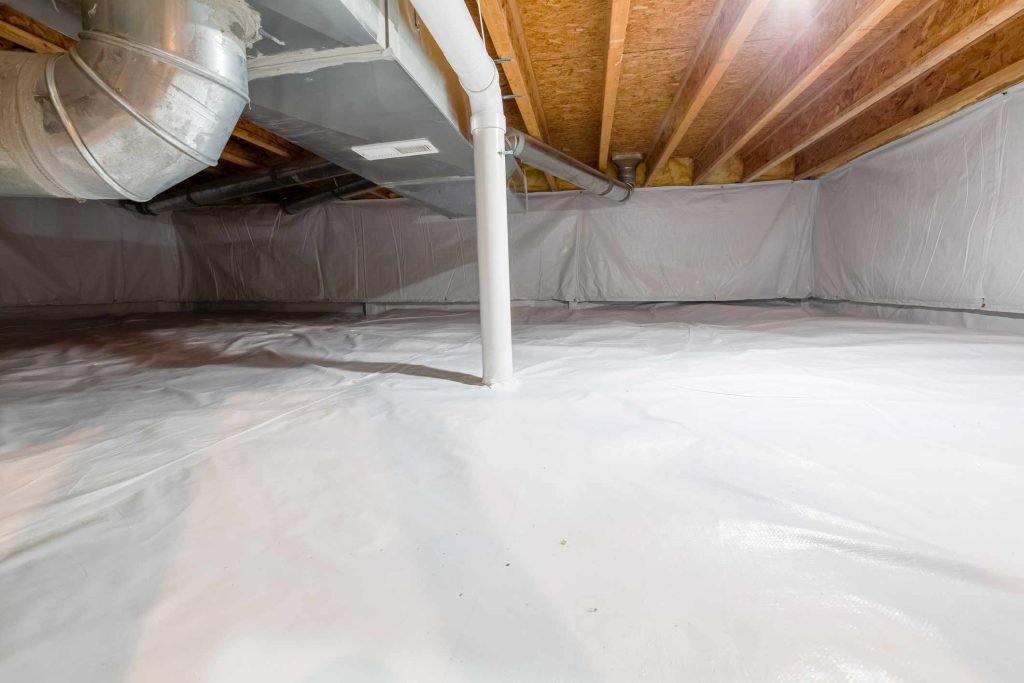
Vapor barrier is a thin layer of impermeable material, typically polyethylene sheeting.
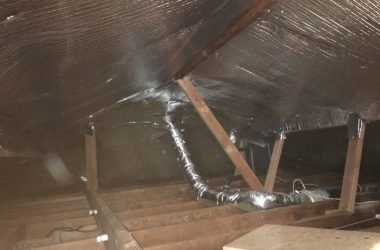
Radiant barriers are installed in attics primarily to reduce summer heat gain and reduce cooling costs.

With over a decade of experience, we know how stressful and hazardous a rat infestation can be.

We use safe and proper removal methods, then sanitize and disinfect the area for the safety & health.
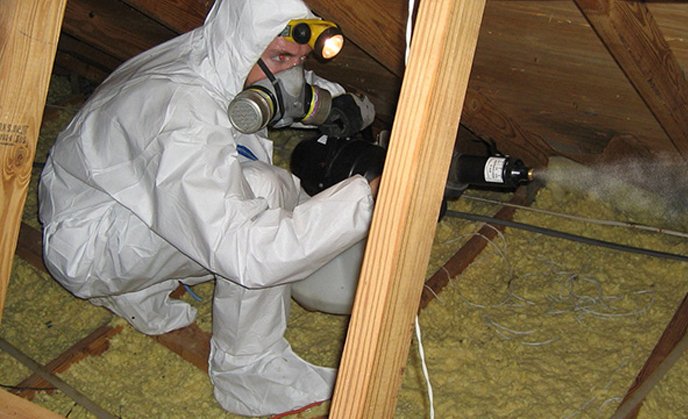
After it’s clean we can sanitize the attic/basement with a special fogging machine to disinfect.

We also do professional cleaning from the inside to remove decades of dust and household build-up.
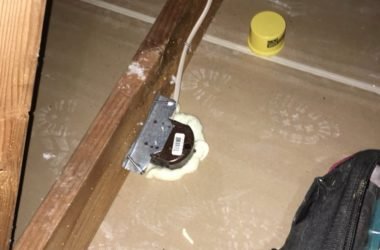
Air leakage through doors, windows and walls not only leads to uncomfortable drafts.
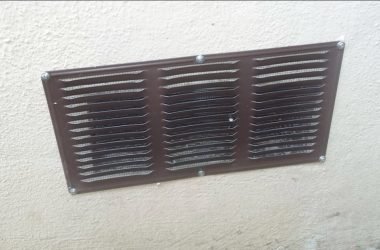
Birds can wreak havoc in your attic. We'll get them out and seal all the entry points.
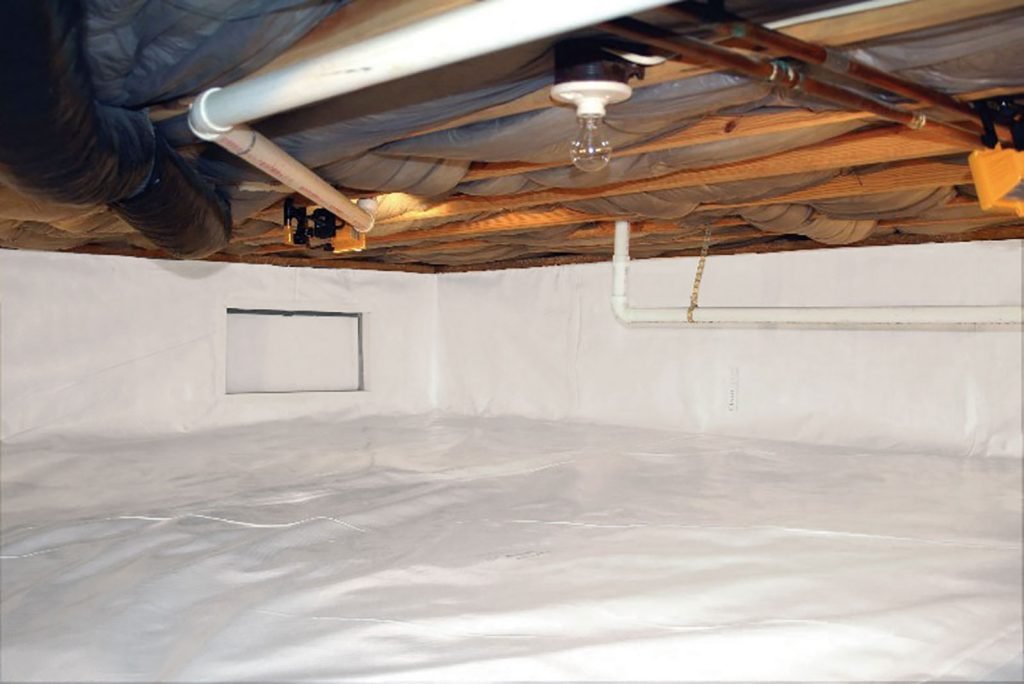
Your crawl space plays a crucial role in your home's air quality, structural integrity.

We believe in solutions that protect both your home and your energy bill starting with our expert.
(510) 424-3315
attickingsbayarea@gmail.com
1830 Spring Rd. Vallejo, CA 94591